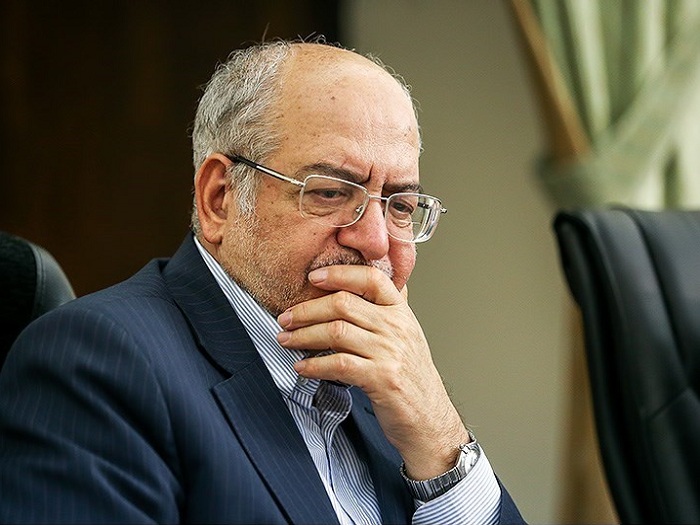Creating an international stone market in Mahallat city

Minister of Industry, Mining and Trade: Mahallat City has the capacity to create a permanent and international stone market in the area and we are ready to bring in foreign target market players.
According to Iran's International Stone Exhibition, Mohammad Reza Nematzadeh said Wednesday at the opening ceremony of the 9th International Iranian Stone Exhibition in Nimur Mahal: 8,000 small and medium-sized industrial units in the country have been able to receive facilities as part of the past few months. The facility has received these facilities through the Ministry of Industry system and part through banks.
He added: "The industrial units of the country must be equipped with the latest knowledge and technology, otherwise they are doomed to stagnation and failure and cannot use the same facilities and equipment forty years ago."
The Minister of Industry, Mining and Commerce said: "Many new medical equipment is currently being manufactured in the country and even exported overseas and capacity needs to be increased."
Nematzadeh stated: "It takes good economic growth, financial resources and effort, and we must all be united in this direction."
Referring to the proposals submitted by the tenth parliamentarians in the field of industry and mining, he noted: "Fifteen projects have been submitted to the tenth parliament so far, but I insist that the plan should be rejected and allowed to the government to submit bills." The bills will be reviewed and approved by parliament.
The Minister of Industry, Mining and Trade said that the current trade law of the country is related to the year 1311 and so far has not changed and the one-time change in this plan, creates discomfort and problems and must be provided for its transformation.
Nematzadeh added: "At present we have a lot of cumbersome regulations in the field of industry, mining and commerce and we should try to reduce these regulations, not add to these cumbersome regulations. We do not need so many laws in every field."
He continued: MPs should work hard to achieve stability because these things slow things down and create inconsistency; it is true that MPs can change any law, but that should not be done constantly.
Minister of Industry, Mining and Trade pointed out the export of crude stone from the country: The crude stone should not leave the country and this opinion is the supreme leader and this stone should be turned into a final product.
Nematzadeh stated that stone production units should be associated with architects and interact with them and understand the architectural needs of the country and the target markets.
He also added that industrial and mineral fairs should also be specialized at the national level and that the focus of these international fairs should be taken out of the capital so that we can identify the capacities of different regions of the country in global markets.
Minister of Industry, Mining and Commerce pointed out: The Small Industries and Industrial Estates Organization of Iran is planning to bring together small and large industrial companies in the form of clusters and consortia, and since small units are not capable of competing in exports, consortia and Industrial clusters are on the agenda.
Nematzadeh pointed out: When it comes to importing machinery and equipment, we should look for ways to reduce the waste of rock to the minimum and not waste this God-given wealth, and in fact increase productivity in this area.
He added: "We should try to reduce the export of crude stone and increase the quality of the stone product so that we have a say in the export of the stone industry in the world."
The Minister of Industry, Mining and Commerce, referring to the capacities of the stone industry in Mahallat city, said that the existence of a specialized town alongside the stone mines and the stock market could create a permanent international stone market in the region and we are ready to target market participants. Identify and identify the local stone capacities of the neighborhoods.










